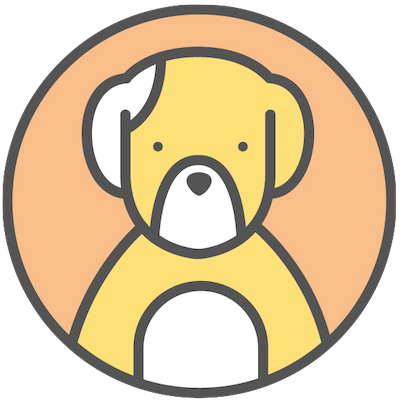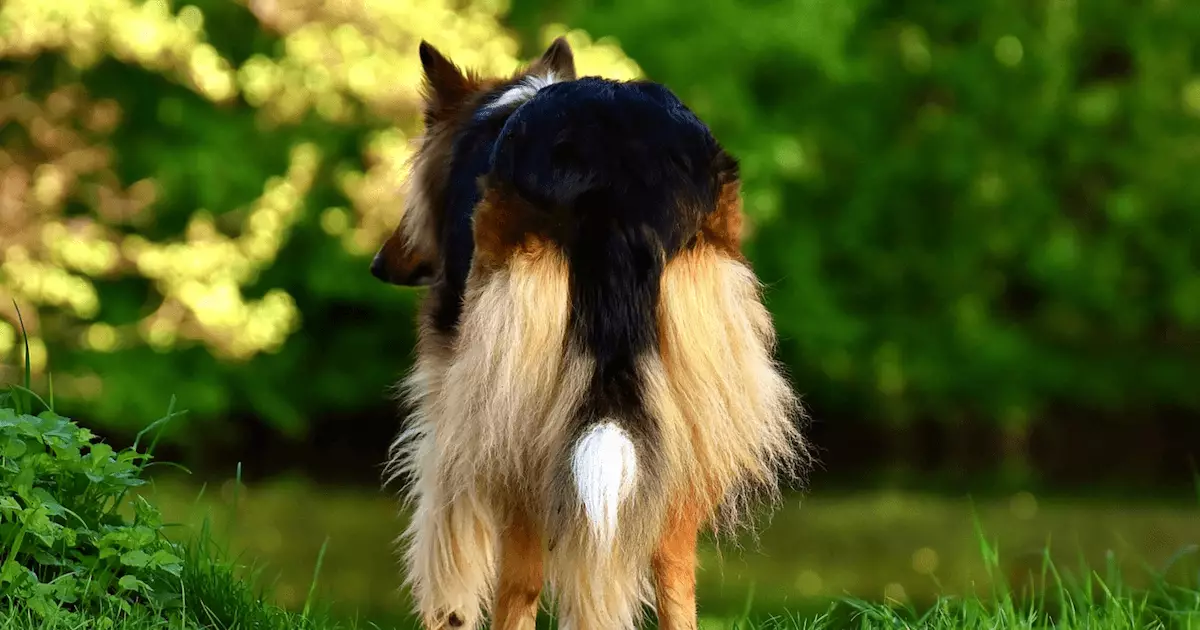Long-haired dogs are captivating creatures, bewitching us with their flowing coats and charming antics. Few things rival the warmth of a snuggling session with a fluffy pooch draped across your lap. Beyond their aesthetic appeal, many long-haired breeds tend to shed less than their short-haired counterparts, making them an appealing choice for dog lovers. However, along with the beauty of their luscious locks comes the challenge of maintaining their hygiene. Are we ready to tackle the complexities of owning a long-haired dog? This article aims to shed light on some common concerns, particularly one that affects every owner: the infamous “poop butt” dilemma.
Understanding the Poop Butt Phenomenon
The term “poop butt” refers to the tricky situation wherein feces get entangled in the fur surrounding a dog’s rear end, often leading to discomfort for the animal and distress for the owner. While this issue might sound trivial at first, it can escalate into a serious problem if left unattended. Thankfully, effective training and grooming practices can help mitigate this challenge.
A particularly troubling aspect of this phenomenon is medically defined as pseudocoprostasis. This condition can result in fecal matter obstructing a dog’s ability to eliminate waste, sometimes leading to severe health consequences, including vomiting and loss of appetite. Dogs experiencing chronic soft stools are particularly at risk, making it essential for owners to understand the importance of diet and consistency in stool formation.
The Role of Grooming in Hygiene Management
The key to mitigating the poop butt problem lies largely in grooming. Frequent grooming serves not only as a bonding experience but also plays an essential role in hygiene maintenance. The American Kennel Club (AKC) recommends grooming long-haired breeds on a regular basis, with a professional groomer often able to help with more intricate requirements.
When engaging groomers, owners should specifically instruct them to trim around the anus and rear area. This type of grooming not only minimizes the risk of fecal matter becoming caught in the coat but also promotes cleanliness and health in more sensitive areas, potentially preventing urinary tract infections. This hygienic trim is sometimes referred to as a “potty patch” and is a prudent investment in your pet’s well-being.
While professional grooming is invaluable, regular home care must not be overlooked. Owners should brush their long-haired pets several times per week, engage in thorough spot-cleaning where needed, and maintain a regular bathing schedule. While some may attempt to trim their dogs’ fur at home, such endeavors should be approached with caution. Lack of experience can lead to painful mistakes and compromised aesthetics.
Diet and Its Effects on Consistency
The importance of a nutritious diet cannot be overstated when it comes to maintaining healthy bowel movements. It’s critical for dog owners to provide their pets with well-balanced meals, whether those are commercial dog food, freshly prepared meals, or a raw diet. Each dog has unique dietary needs, and ensuring they receive adequate fiber can help in the formation of solid stools.
Incorporating probiotics and prebiotics can further support digestive health, serving as a hidden gem for pet owners looking to stabilize their dog’s digestive processes. When your dog is in good health, the likelihood of them encountering problems associated with soft stools decreases significantly.
Quick Cleanup Solutions for the Messy Moments
Inevitably, there will be times when clean-up becomes necessary. When fecal matter gets caught in your dog’s fur, it’s crucial to act swiftly to prevent complications. The sooner you intervene, the easier it will be to resolve the situation. Moist grooming wipes are particularly effective for this purpose; they’re gentle on the skin and can mitigate any lingering odors.
Moreover, while regular bathing is vital, over-bathing your dog can strip their coat of essential oils, leading to dryness and dullness. For quick fixes between grooming sessions, waterless shampoos can serve as a convenient alternative. They are adept at removing messes while rejuvenating your dog’s coat, providing a clean and fresh smell without the stress of a full bath.
Cleaning your dog’s backside after bathroom breaks is also an essential practice; a little effort goes a long way toward preventing the torturous “poop butt” scenario.
Empowering the Owner
Amid the challenges that come with owning a long-haired dog, there lies an empowering journey of love, responsibility, and commitment. Embracing regular grooming, maintaining a nutritious diet, and being proactive in cleanliness can alleviate many common issues. With a little bit of diligence and grace, you can truly enjoy the company of your long-haired pooch without succumbing to the messy behaviors that often accompany them. Long-haired dogs offer unparalleled companionship, and with attentive care, they can be the delightful family members we all cherish.

